
®
SHIPSPOTTING.COM
WELCOME TO SHIPSPOTTING.COM
ARUCAS - IMO 9197492
Photo
details
Photographer:Lemonos_Vladimir [ View profile ]
Captured:Nov 4, 2020
Title:Arucas
Photo Category:General Cargo Ships Built 2000-2010 (over 3000gt)
Added:Jul 2, 2023
Views:307
Image Resolution:4,288 x 2,848
Description:
Biscay bay.
Vessel
particulars
Callsign:9HA3694
IMO:9197492
MMSI:229887000
Build year:2001
Manager:Cube - Genova, Italy
Owner:Cube - Genova, Italy
Vessel Type:General Cargo
Gross tonnage:3,660 tons
Summer DWT:5,830 tons
Length:105 m
Beam:15 m
Draught:3.8 m
AIS Position
of this ship
Last known position:43°36’0.71” N, 5°57’29.71” W
Status:
Speed, course (heading):7.1kts, 131.0° (131°)
Destination:
- Location:Aviles
- Arrival:24th Apr 2024 / 17:00:15 UTC
Last update:3 days ago
Source:AIS (ShipXplorer)

Photo
Categories
This ship exists in the following categories:
General cargo ships built 2000-2010 (Over 3000gt) - 47 photos
Photographers
of this ship
(16)
2 photos
2 photos
1 photos
4 photos
1 photos
7 photos
Agustin Alapont Castilla (Tino)
6 photos
2 photos
1 photos
2 photos
2 photos
4 photos
1 photos
10 photos
1 photos
1 photos
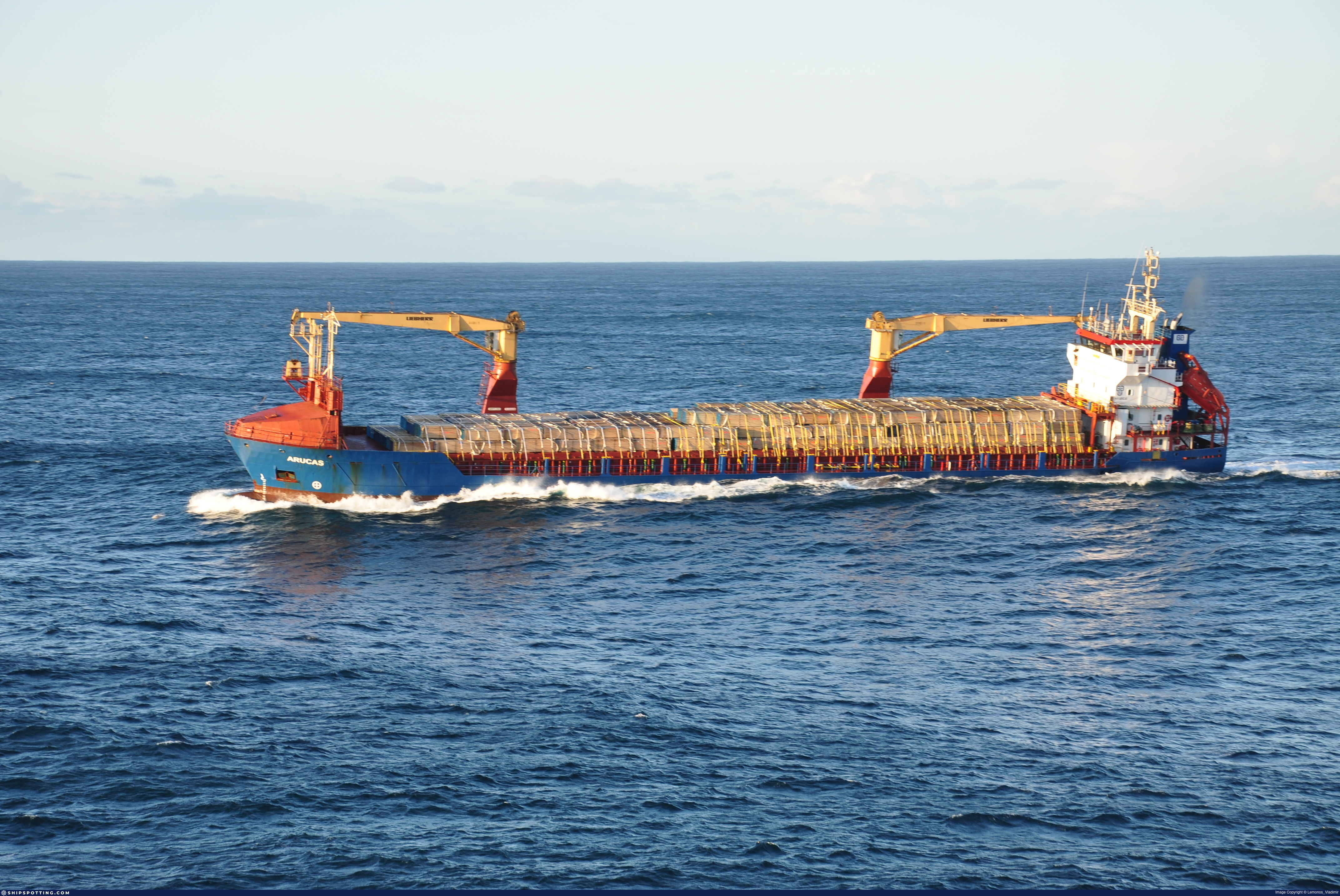

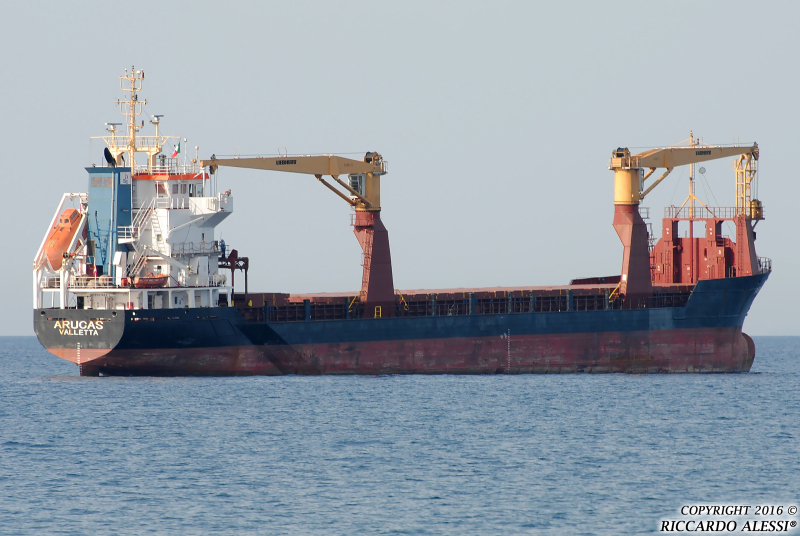
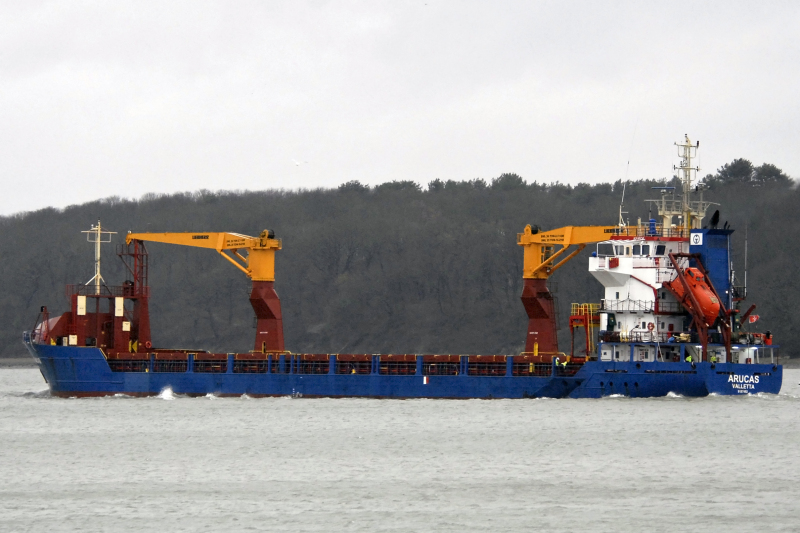
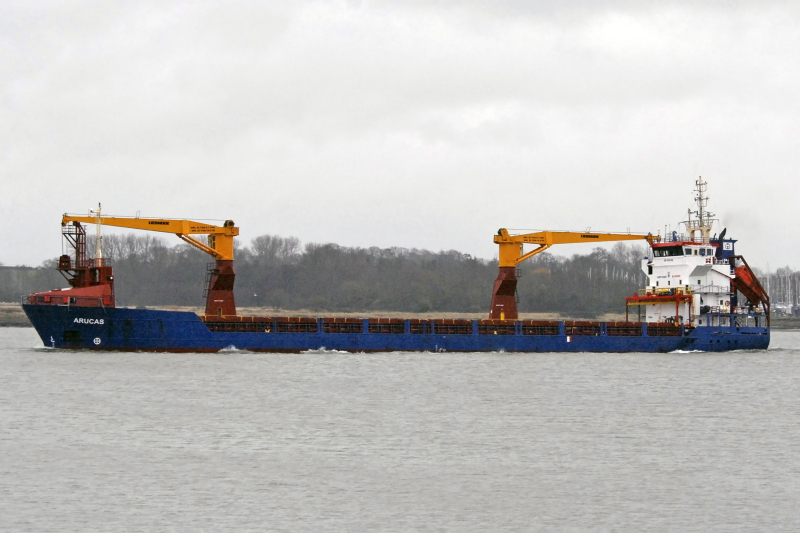
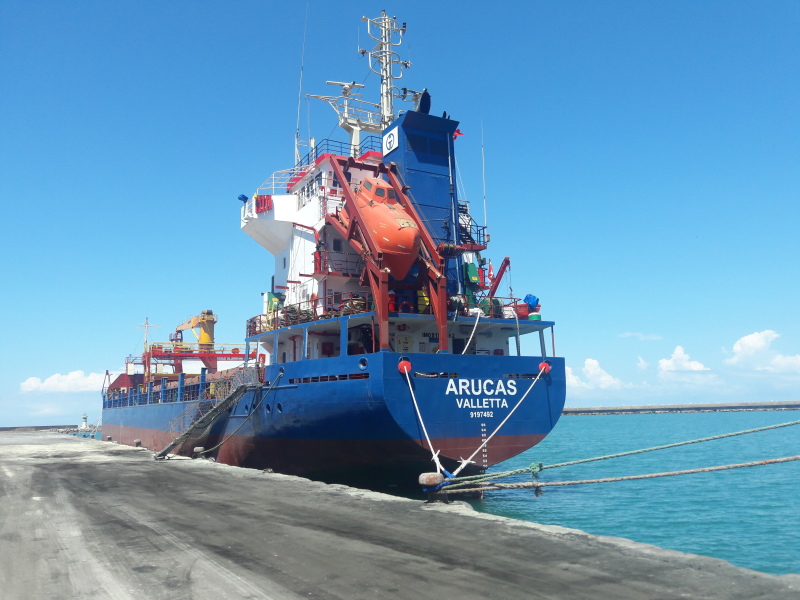
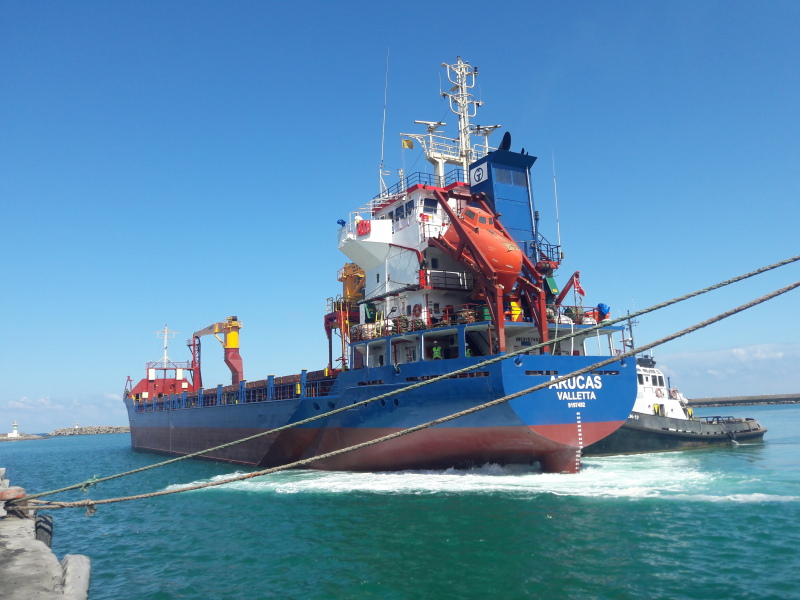
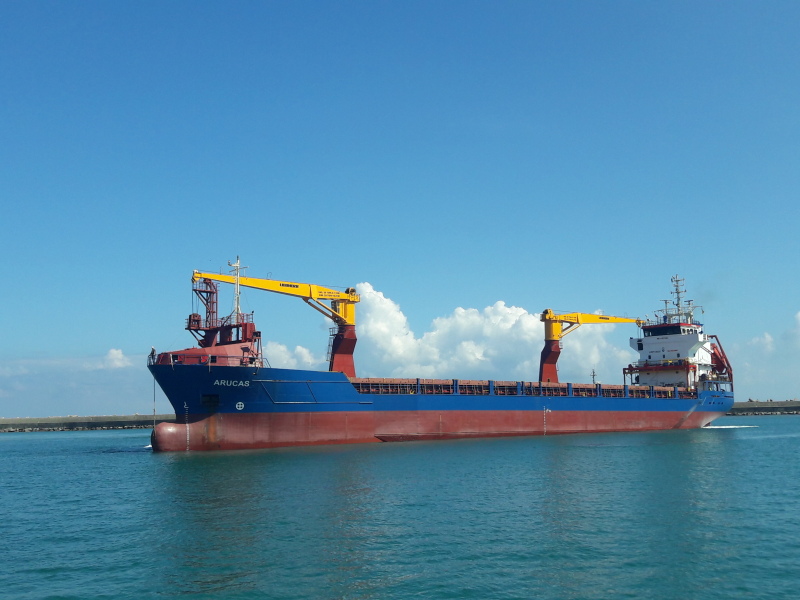
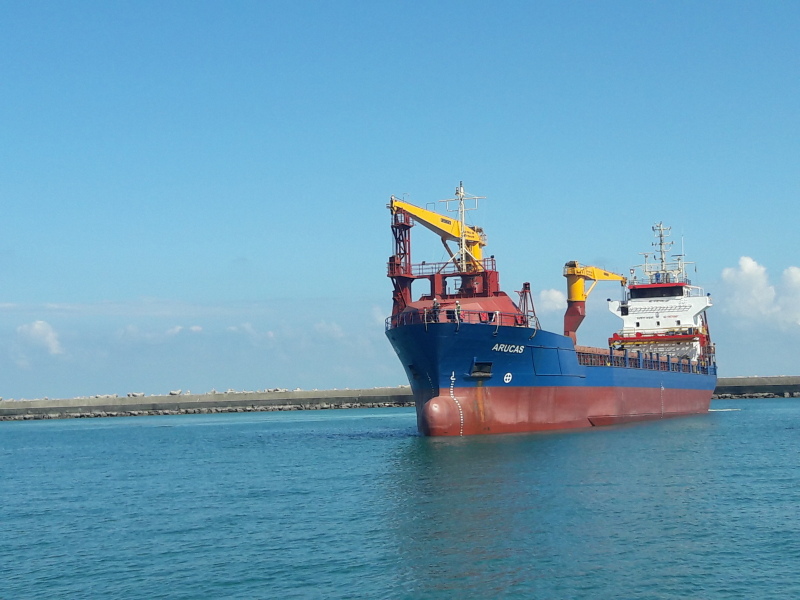
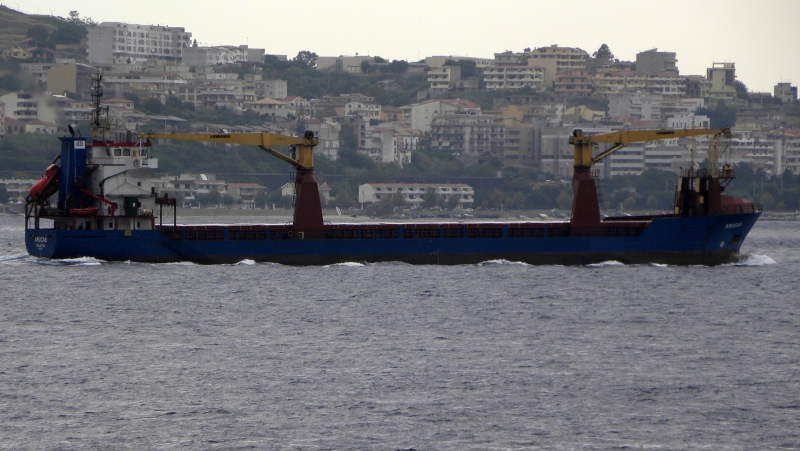


COMMENT THIS PHOTO(8)
On other hand what is the difference between carriage logs or packaged lumber in respect of stability? Nothing, the same criteria. But you will never see logs packed by tarpaulin.
With almost the same success wood absorb moisture from air. That is why deck caravane mass can be calculated only after you find actual density of underdeck cargo. Thus stowage factor for such cargoes given as cub3/cub3.
Myself as a master i do not see anything unusual on the picture.
Edit
comment
Edit
comment
Edit
comment
Thanks again for your clarifications. Unfortunately, we quickly passed oncoming courses with this ship and I managed to take only a couple of general shots. On the basis of which it is difficult to say for sure about the presence of polythene.
Kind regards, Vladimir
Edit
comment
As for the photographs ... Based on what I can see , I am not able to determine the presence of foil on the cargo packages .
Regards .
Waldek
Edit
comment
Edit
comment
For several years I served as Chief Mate on the ships of British shipowners, carrying loads of lumber from the ports of Sweden, Latvia and Germany to England, Wales, Scotland and Ireland. Covering the load with tarpaulins before putting on superlashings, especially in winter and in windy weather, is very hard work. Often charterers dont like to pay their crews extra for it. In my case that was the case , but ... it was unthinkable for a ship to go to sea with its cargo not properly secured . On a coaster with a total length of about 90 meters , the operation of covering with tarpaulins and securing with superlashes usually took over 4 hours ( 6 people ) in nice weather . In winter , with strong winds and temperatures close to 0 degrees Celsius , it was an operation that often lasted up to 6 hours . Usually loading was from 8 am to 4 or 5 pm. Later, the above-mentioned works, exit maneuvers and... (for me (C/Officer) - sea watch until 06:00 in the busy Kattegat. Despite being tired, no one even thought to take a risk and go to sea with unsecured cargo.
I'm sorry, but when I see pictures like this, my blood boils.
The sea does not forgive negligence and neglect of duties. Too many of my good friends have found out...
Best regards.
Waldema
Edit
comment
Edit
comment